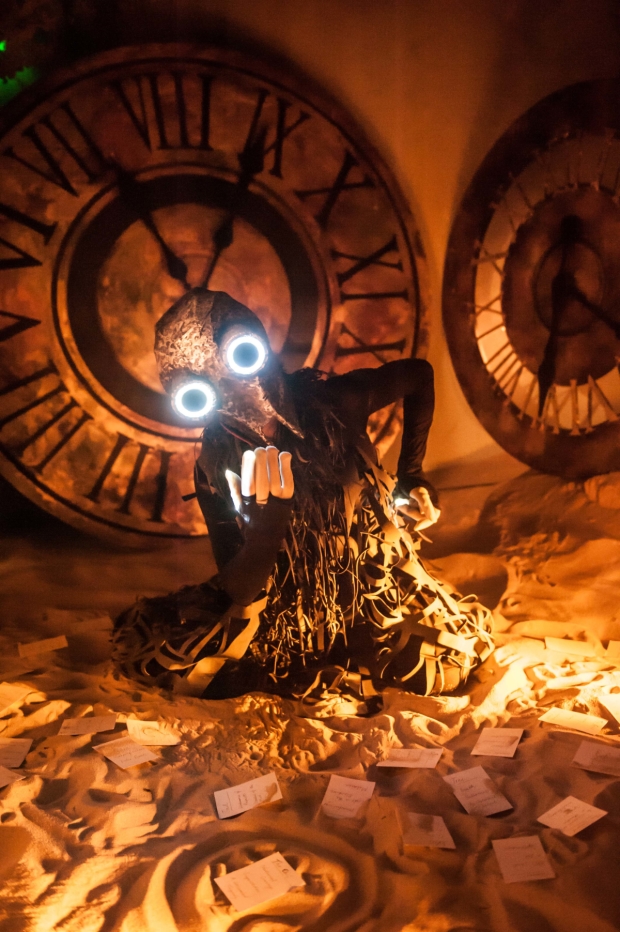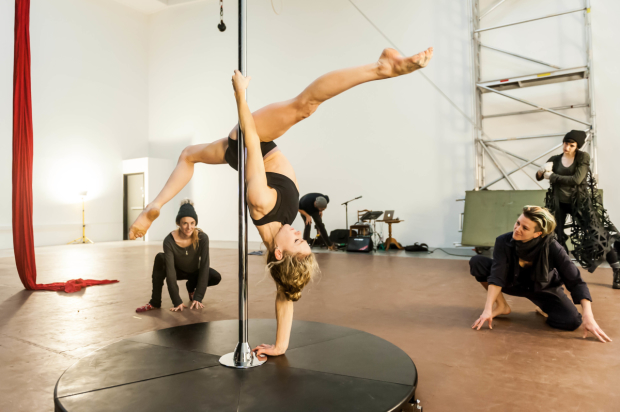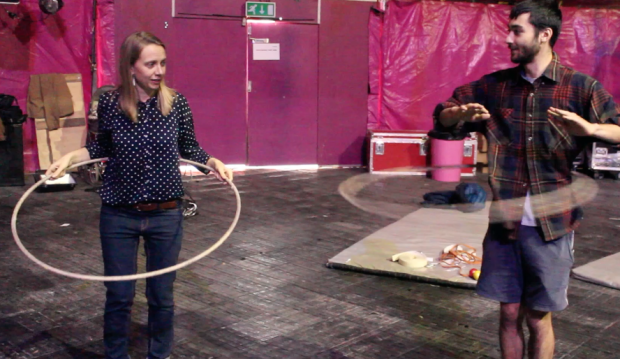250 years of circus: the truth behind the Cyr Wheel
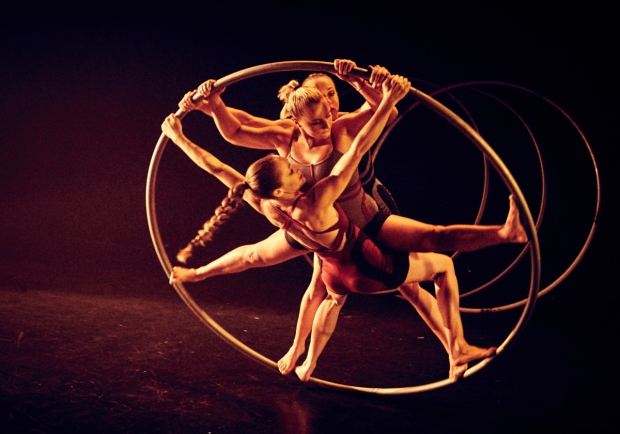
© Mark Dawson
This year marks 250 years since the start of modern circus. It was in 1768 that Philip Astley began his circus entertainment in Waterloo in London. To celebrate, this new feature series has circus performers at the top of their game explain a little about the history of their disciplines and how they came to them.
I was officially stumped and my long-suffering parents were doing their best to support my latest career swerve. I had tried a degree in Philosophy and Theology; I had tried managing bars and restaurants; I had tried making jewellery and looking after small children. I had no idea who I wanted to be. So I threw myself at the mercy of my aunt and superwoman Nell Gifford, the founder of Gifford’s Circus. I promised to do anything: wash the dishes, wash caravans, shovel horse dung. Anything.
By the end of the tour, I was so hooked and I applied for a place on the BTEC in Circus Arts at The National Centre for Circus Arts, formerly Circus Space, and, a year later, joined the degree course. It was here that I spied the inimitable Charlie Wheeller doing unbelievable things in a huge spinning metal ring.
The Cyr wheel has its roots in 'old circus' but it is still a new discipline
In 1996, Canadian Daniel Cyr re-invented the wheel. He stripped down the Otto Feick’s popular Rhöndrad (German wheel) from two large rings linked by horizontal crossbars to the modern Cyr wheel, a single wheel with no handles. The Cyr wheel is the perfect metaphor for modern circus, it has its roots in ‘old circus’ but it is still a new discipline with room for constant innovation.
Now I cannot go on anything that spins in the fairground without throwing up all my candy floss but Cyr is different. I’m in control of the movement. With the slightest shifts in position, you can revolve, rotate and spin backwards and upside down. Wheeller taught me the basics of the wheel and I have never looked back. I fell completely in love with it. It’s beautiful, everything about it.
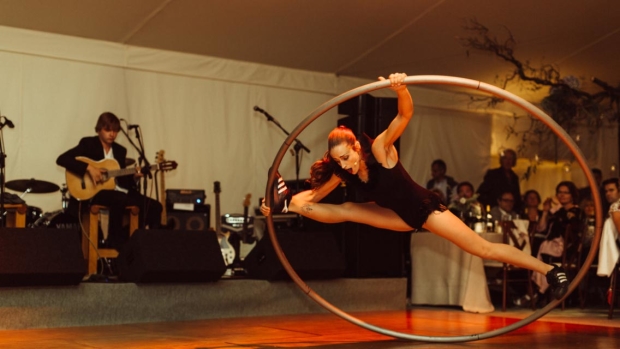
(© Green Antler Photography)
When I started learning, there were still relatively few people performing Cyr, especially in England and even fewer of these were women. Valerie Inertie, who was taught by Daniel Cyr and is arguably the godmother of Cyr, still performs and she moves with such beauty and ease on and off the wheel. I try to mix her grace with the dynamic power that I saw Chris Thomas and Wheeller learning in the years above us at school.
There were three of us in first year who were all dying to do Cyr so by third year we joined forces to create the world’s first all-female Cyr wheel troupe. There is myself, Fiona Thornhill who is an amazing former gymnast, and Jessica Ladley who studied dancing as soon as she could walk. Together we created Alula Cyr and then a show about female friendships – warts and all!
2018 is an exciting year to be making female-centric circus: it’s a hundred years since (some!) women got the vote and two-hundred and fifty years since Philip Ashley, 'the father of modern circus', created a circular ring to ride around in, in what is now Waterloo. Our show and our company are focused on supporting and empowering women. It is imperative as 'modern women' to keep pushing the boundaries.
Lil Rice is a co-founder of the world's first all-female Cyr wheel trio Alula Cyr. Their latest show Alula Cyr: Hyena runs on a UK tour from 1 March to 24 April, and will appear as part of CircusFest 2018 at the Albany on 12 and 13 April.



